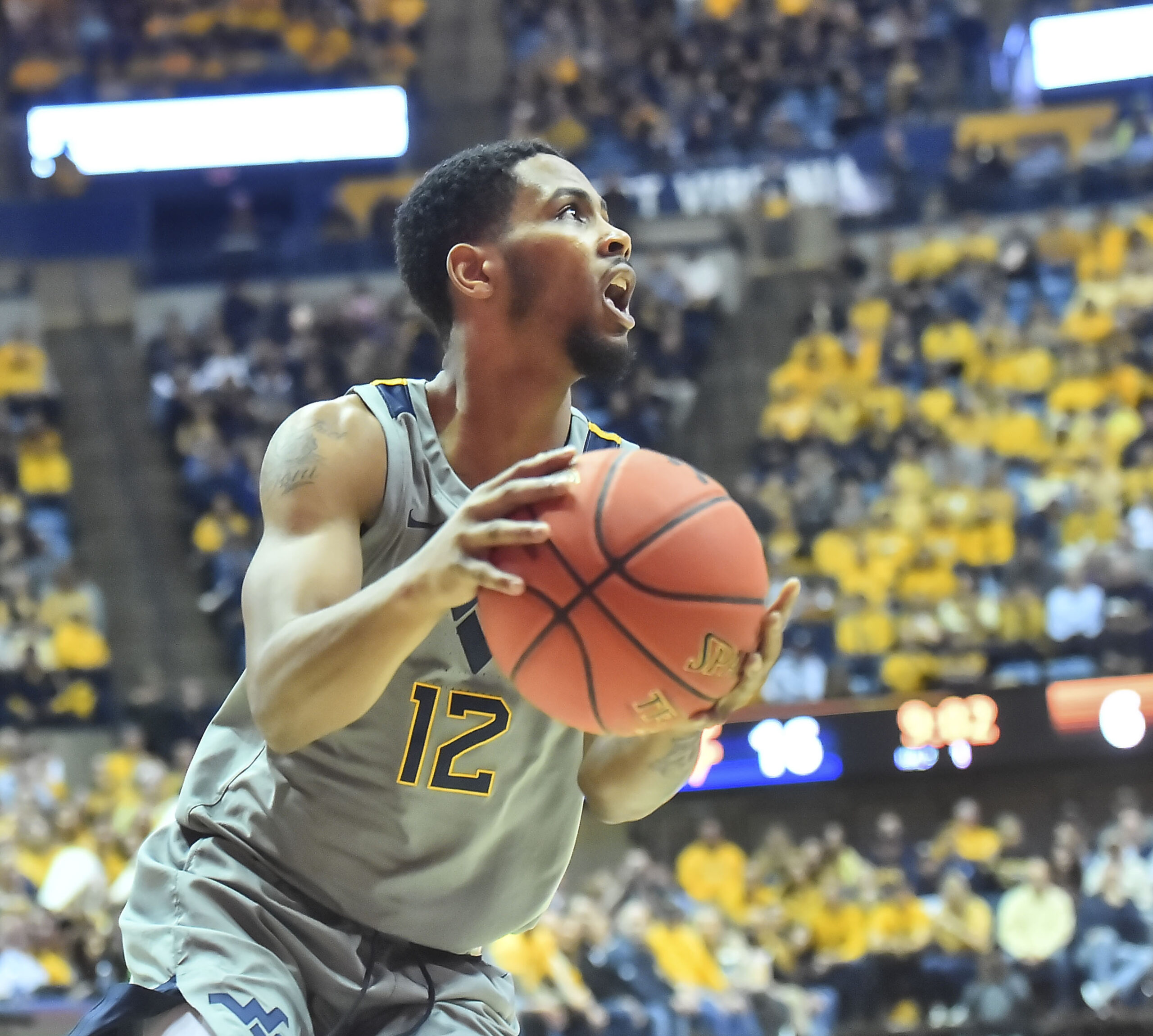MORGANTOWN, W. Va. — The more you look at the equation, the more it seems to become blurred, maybe almost more difficult than it needs to be.
There is no doubt that the play of both Derek Culver and Oscar Tshiebwe will have a major effect as to how much success the WVU men’s basketball team will have this season.
To simply throw all of the eggs in that basket, though, could be a big mistake.
For my money, the keys to the Mountaineers’ season are firmly in the pockets of guards Taz Sherman and Sean McNeil.
Here’s why:
In terms of keeping Tshiebwe and Culver off the boards, they are a matchup nightmare down low.
As far as keeping one or both of them from catching the ball in the paint will be a challenge for 98% of the teams in the country.
What needs to be realized is those two examples are still such a small part of the game.
There is a lot more that happens after grabbing a rebound or after catching the pass, much of which will depend on how clogged up the defense is in the paint.
Now I think both Culver and Tshiebwe are terrific players, but Tshiebwe saw it last season and Culver has been dealing with it for two seasons, which is to say it’s hard to beat a triple team.
WVU’s bulk and strength down low is like having that flashy new car in the driveway, except it has four flat tires.
WVU head coach Bob Huggins knows he’s got to have something to balance the scales and fill those tires with air.
It can be done any number of ways, including letting Culver and Tshiebwe develop a 3-point shot, which is what WVU attempted to do a couple of years ago with Sagaba Konate.
Somehow, I just don’t see that happening with Culver — 0 for 2 for his career from 3-point range — and Tshiebwe, who did not attempt a three last season.
You can have that playmaker on the outside who can drive to the rim anytime he wants, which the Mountaineers may or may not have on their roster.
Or you load up the perimeter with outside sharpshooters to stretch the defense away from Culver and Tshiebwe.
That’s where Sherman and McNeil come into play.
“They’re both shooting the ball extremely well,” Huggins said of Sherman and McNeil. “They’re not just shooting it good, they’re shooting it really good.
“If that continues, with those two guys on the floor, it makes us really hard to guard, because obviously people are going to have to be concerned with those two bigs inside and then to have those two guys able to spread the floor will be tough.”
A season ago — fresh off transferring from junior college — the duo combined to shoot 33% from 3-point range, which isn’t terrible.
The problem was they combined to average less than two 3-point makes per game.
No defense is going to concern themselves much over two guys who make less than two 3-pointers per game.
And so that zone gets packed in. There’s little room for Deuce McBride to drive. There’s less room for Culver and Tshiebwe to operate and the good teams simply said, “Power it through three guys or find someone to beat us on the outside.”
Sherman and McNeil can change all of that.
Do they need to score 15 or 20 a game? No, but they do have to be able to consistently fill that role of knocking down the outside shot when they are presented.
That didn’t exactly happen a season ago, because both guys were new and working to build confidence and getting comfortable in playing at the Division I level.
Or as Huggins put it, they were thinking too much rather than just playing.
A season later …“They’re both playing with a lot of confidence. They’re both comfortable,” Huggins said. “It’s hard to think and play at the same time.
“If you’re running around thinking about am I supposed to be here or where am I supposed to go or did I miss setting a screen, it all affects you. I think now they’re both comfortable in their role and what we’re doing.
For Culver and Tshiebwe, that may be the answer they’ve been waiting for to help unclog the paint.
TWEET @bigjax3211




